French based Cabasse make the renowned Sphère loudspeaker system, but they also produce more modestly priced items.Here Dominic Marsh takes a listen to the Stream 100 amplifier (£499) and Surf loudspeakers (£379)
Cabasse Loudspeakers hail from France and have a long history of quality speaker manufacture, founded by Georges Cabasse in 1950. The Cabasse name goes even further back than that, with generations of the family engaged in building musical instruments since the 1700’s and still in use today with many orchestras, much prized by their musician owners.
CONSTRUCTION
STREAM 100 AMPLIFIER
Weighing in at only 1.9kg, there is nothing lightweight in its performance, with a continuous power rating of 50 watts per channel into an 8 ohms impedance. It measures some 21cm wide by 22cm deep (including speaker terminals) by 9cm high. The outer case is fabricated from black gloss Perspex on all sides except the rear panel, along the bottom edge of the Perspex runs a silver coloured alloy strip, inset into which is the front panel USB socket. To the rear we find the input and output connections, starting with the LAN Ethernet wired connection plus ‘reset’ and WPS buttons to synchronise the internet connection, a digital data input TOSLINK socket, 2 pairs of RCA analogue inputs, a trio of RCA analogue outputs to a pre-amp and subwoofer, then two banks of four (eight in total) speaker binding posts confusingly labeled 1 to 4. The left bank of 4 binding posts is devoted to left speaker connections, while the right hand bank corresponds to the right speaker connections. Unusually too, the positive terminals and the negative terminals are arranged horizontally, so to connect one set of speakers you need to connect to the top pairs of binding posts in the horizontal plane only for left and right accordingly. A second pair of speakers can then be connected to the lower tier of binding posts in the same sequence, again arranged horizontally. Note the lack of SPDIF digital input terminal, although there isn’t much space left on the rear panel for such an inclusion. To the left of the speaker terminals is a small switch which configures the amplifier for either 4 ohm or 8 ohm speakers. To complete the rear panel layout, we have an IEC power inlet socket without an earth pin which tells us it’s a double insulated device, a mains protection fuse and a small fan. The Stream 100 is also configured for AptX Bluetooth connection.
Without any power applied, it appears to be a plain black Perspex box with rounded corners and an alloy trim with the Cabbasse legend screen printed onto the alloy strip, but power it up and a backlit display appears. It is also touch sensitive controlled with all functions available, so if the dog runs off with the remote control and buries it in the garden, you are not hamstrung by having a device that won’t function. Talking of which, it is an oval or pebble shaped unit that adjusts volume, input selection and mute, which fits neatly in the hand and you have to look twice sometimes to make sure the ‘right’ end is pointed at the amplifier due to its symmetrical shape. 
The Stream 100 amplifier has a retail price at time of review at £499.00.
SURF LOUDSPEAKER
A fairly compact enclosure measuring 29cm high by 17.5cm wide by 22cm deep, with a tweeter measuring 27mm and a long throw 13cm bass driver with a rubber roll surround, the crossover frequency being 3,600Hz, with a frequency response envelope ranging from 65Hz to 23,000Hz. Power handling is said to be 65 watts continuous with a maximum short term peak of 450 watts so Cabasse say, with a quoted efficiency of 85dB for 1 watt of input measured at 1 metre on axis. There is a single pair of binding posts, so is not biwire or biamp capable. It is a reflex cabinet design with a rear facing port. Available in either piano gloss black or gloss white finishes, the review pair submitted were finished in black gloss. A pair of protective perforated metal grilles is supplied, which fits snugly into vertical slotted recesses either side of the front baffle.
SOUND QUALITY
I was rather pleased with the sound right at that first hearing, even knowing that both were factory fresh units and needed some running hours. The bass in particular was constrained somewhat so I left the pair running for a full 24 hours, by which time the bass cones had loosened up considerably. My initial listening sessions concentrated on this pair’s sound quality through the RCA analogue inputs, leaving the wireless, Bluetooth and digital inputs until much later. I noted the top of the case had become slightly warm and although there is a fan fitted to the rear panel I didn’t hear it operating, that is if it activated at all during the listening sessions.
So, connected up to the analogue outputs from my resident CD player, I began by playing my current reference disc, namely Fink’s “Wheels Turn Beneath My Feet” live album. Track one on this album called “Biscuits For Breakfast” contains plenty of ambience cues from the venue it was recorded in and indeed this track probably has the greater wealth of this attribute than the entire album, each track recorded in different venues. The Stream/Surf pairing did a pretty good job of relaying that ambience, although there were not unexpected limitations as how far they could scour the last drop of detail that other systems manage – albeit at greater cost, I might add. Throughout this opening track the drummer gives a pounding rhythmic kick drum that underpins the entire piece and some fine cymbal work with crisp rim shots to the snare drum too, all of which has to sound tonally accurate with spot on timing to be believable and the Stream/Surf pairing gave a good rendition of that. Moving on to the track “Sort Of Revolution”, the pace quickens and the audience shows plenty of enthusiasm by clapping along with the bass guitarist’s intro, adding whistles and cheers for good measure. Once again I expect realism in this part of the track and lesser systems tend to blur and smear here, but to their credit the Stream/Surf pairing acquitted themselves well. Following the intro the drummer sets up a pounding kick drum beat and he really does drive down onto the floor tom which has to be delivered with crisp power and authority by the speaker and amplifier under evaluation here. A pleasant surprise as they mustered a goodly percentage of the standards I’m expecting during this track and I then became curious which component out of the two was the better performer.
“Go for broke Dominic” I thought to myself and paired the £499.00 Cabasse amplifier with a pair of Audiofilia AF-F6 floorstanders costing 6000 Euros no less. Much to my surprise, the Cabasse amplifier drove them with absolute ease and produced a clean open sound with some decent heft in the bass registers too. Top end too was well extended and crisp, with the Audiofilia speakers having a sensitive ribbon tweeter installed, any deficiencies here would soon have been readily highlighted. Time for the Surf speakers to show what they are made of and in they went into my resident system, mounted on to 60cm stands around 15cm from the rear wall. Given the size of the enclosures and drivers, they managed to produce a big hearty sound with plenty of drive and dynamics, comparable with speakers from a much higher price bracket. However, I would liked to have heard just a tad more resolving power and detail resolution at the very top end of the treble registers as I struggled to hear the venue ambience changes in the Fink live album. OK, I am nit picking here and at their £379.00 price point they performed rather well against their contemporaries in a similar price bracket, so they are worthy contenders for a serious listen in maybe an overly bright sounding system where that slight curtailment in the upper treble could be beneficial.
Fine then with analogue input, so how did the digital evaluation pan out? Cabasse have their own downloadable software suite which I duly installed on my mobile phone so I could connect to the Stream amplifier both internet wirelessly and via Bluetooth. The software perpetually told me I had to download the latest version after it had finished installing and that was despite downloading the current version and in the end I just ignored that message. Apart from that small hiccup, the software worked very well, it was easy to set up and navigate, so for a crusty old reprobate like me it was a small blessing. Of course my perpetual gripe about battery life with tablets and mobile phones still holds true and my own preference would be to link via internet wirelessly from my PC running Windows rather than a mobile device relying on limited battery power with either Apple iOS or Android operating systems, which of course my PC won’t run. I cannot be the only person on this planet who wishes to stream wirelessly from either a PC or laptop running Windows surely? My PC recognizes that these devices are registered on the ‘net, but no software to connect with them to send music to. There is software that purports to do that available for Windows, but I have yet to manage configuring any of them to work in that role. Sermon over, I did manage about 90 minutes of music from my mobile phone before the battery expired.
The Stream is equipped with a TOSLINK digital input and my resident CD player has SPDIF output only so apologies for skipping that, nor does it have HDMI or USB connections and that is a hindrance at times. I do have a convertor box thingy but that isn’t a great performer so decided that was not a worthwhile move. OK then, a USB cable from my PC to the front panel input on the Stream produced a comparable sound to the analogue input, again a satisfactory result.
CONCLUSION
While the Stream amplifier isn’t the Swiss Army Knife of media players with a plethora of inputs like some of its immediate rivals (notably the Pro-Ject MAIA), it more than makes up for that shortfall in outright sound quality and ease of use. I particularly liked the touch sensitive front panel controls which means that if the remote control unit stops working or gets lost, at least you have full control of the device’s functions regardless. It would therefore be wise before purchase to ensure that your source output connections match the input connections available with the Stream, as the convertors available on the market leave a lot to be desired.
On the subject of sound quality, the Stream managed to drive really well a pair of speakers that were well out of its league and capable of showing up any deficiencies the amplifier may have had and the Stream amplifier acquitted itself really well in this respect. Paired with the Surf speakers they produced a powerful and pleasing sound that I could not really level any criticism at, save a slight rolling off at the extreme top end and I do mean extreme, which shouldn’t perturb the average listener. A lack of SPDIF RCA digital input should be noted here again though.
The Surf loudspeakers also deserve merit as being very good performers in their own right both for their performance to size ratio and price.
Build quality: 8.4/10
Sound quality: 8.8/10
Value for money: 8.5/10
Overall: 8.56/10
Pros:
Ease of setup and good sound quality
Front panel touch controls are a welcome feature
Cons:
No SPDIF digital input.
Dominic Marsh














































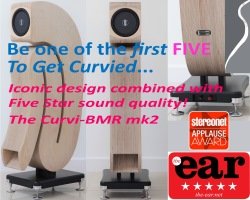

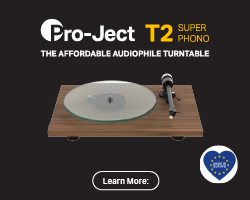





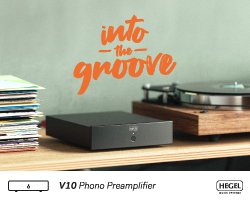

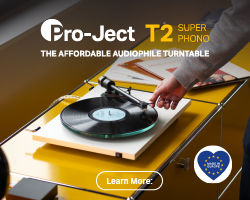





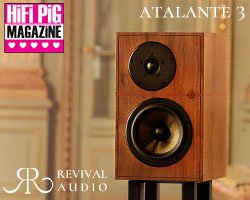



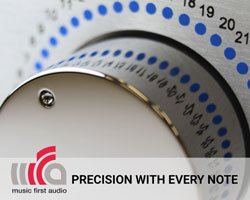

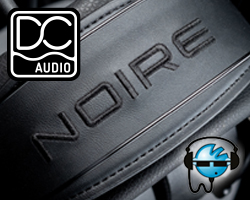
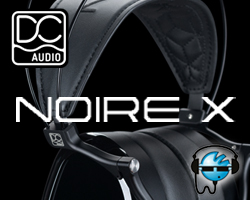

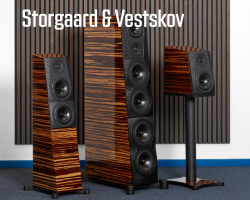




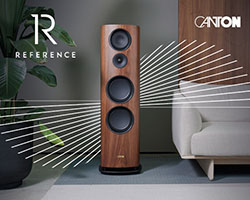
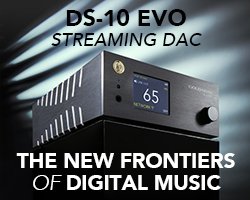


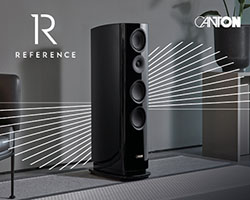




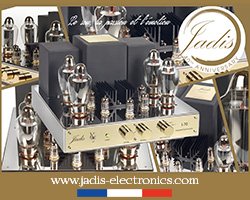

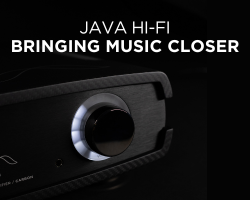
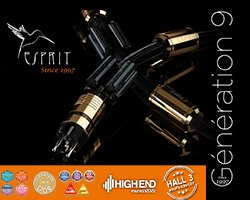
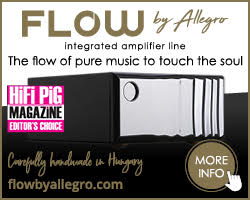



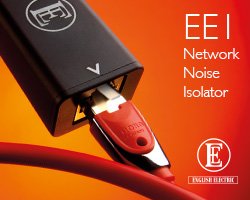

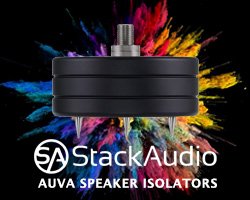

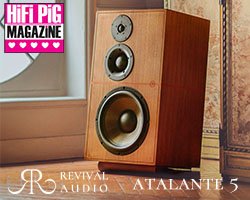



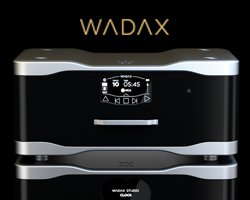

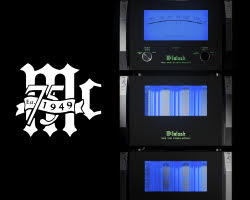




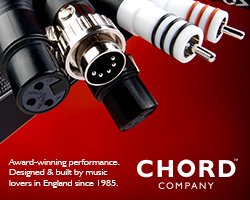


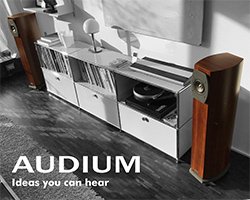

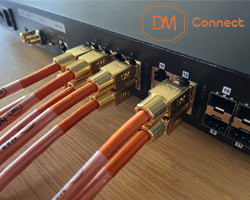
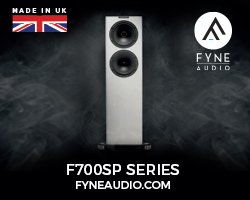



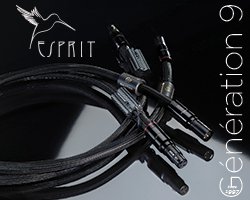

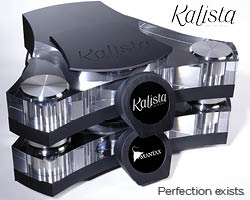

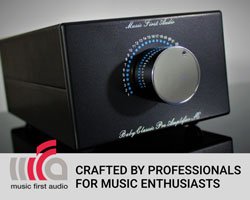












































You must be logged in to leave a reply.